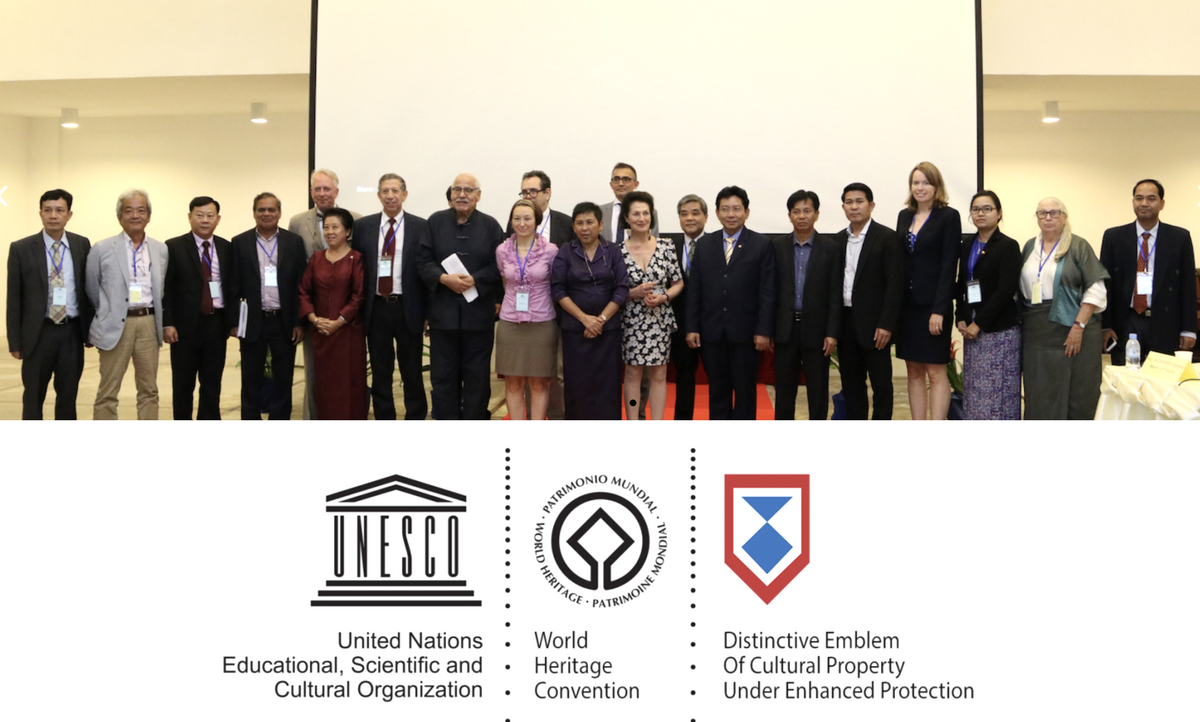International Co-ordinating Committee (ICC) for Angkor
A complex mechanism of international cooperation for a complex UNESCO Heritage Site.

Published: 2008
Language : English
A joint initiative by France, Japan, UNESCO and APSARA Authority at the request of UNESCO World Heritage Committee, The ICC-Angkor was established in 1993 as an international coordinating mechanism for the assistance provided by different countries and organisations for the safeguarding and development of the historic site of Angkor, with yearly general assemblies in Technical and Plenary Sessions.
Two ad hoc group of experts (for conservation and sustainable development) are operational. The mandates of these groups are to examine any technical question and to give guidance using recommendations on the implementation of projects. Composed of four experts in conservation and three in sustainable development, the groups of experts are independent of each other. Also, quadripartite meetings are organized periodically between France, Japan, the Royal Government of Cambodia and UNESCO in order to examine technical matters concerned with the functioning of the ICC-Angkor.
ICC-Angkor has developed some 58 projects involving 15 countries in relation to the preservation of Angkor inscribed site, an area of some 401 sqkm, with specific requirements as the tasks relate to a complex combination of archaeological site, historic monuments, forest, cultural landscape, ancient hydraulic system, living and rural activities with a population of more than 100,000 across 112 villages, and globalised tourism destination.
HM Norodom Sihamoni is ICC-Angkor Honorary President since the day after his enthronement on 14 October 2004. The Director since ICC-Angkor foundation is Dr. Azedine Beschaouch, a Tunisian historian and archaeologist who became the representative of UNESCO Assistant Director-General for Culture in 1992, appointed for special missions regarding the heritage of Palestine, Bosnia and Herzegovina, and Cambodia.
Note: Important reference documents can be downloaded from the website, including the Angkor Charter, a 2014 UNESCO-APSARA joint publication (2014, 107 p.). However, the Activity Reports section is accessible to registered members only, and the Publications register has not been updated since 2017.
Tags: Apsara Authority, UNESCO, preservation, international cooperation, Angkor preservation, tourism, Siem Reap, hydraulic systems
